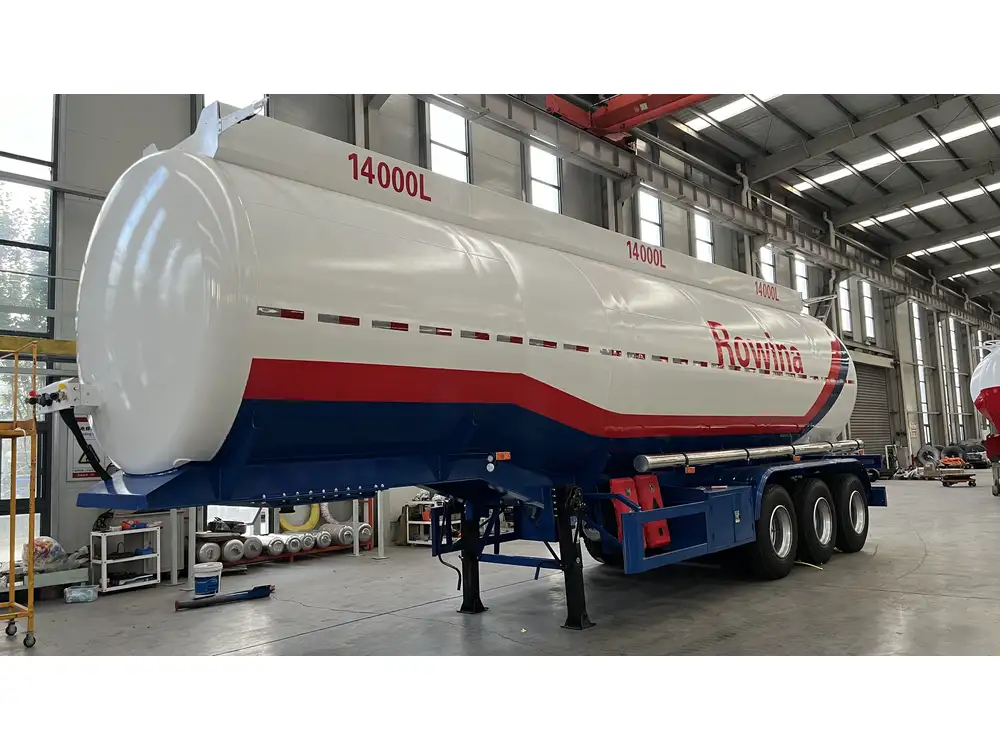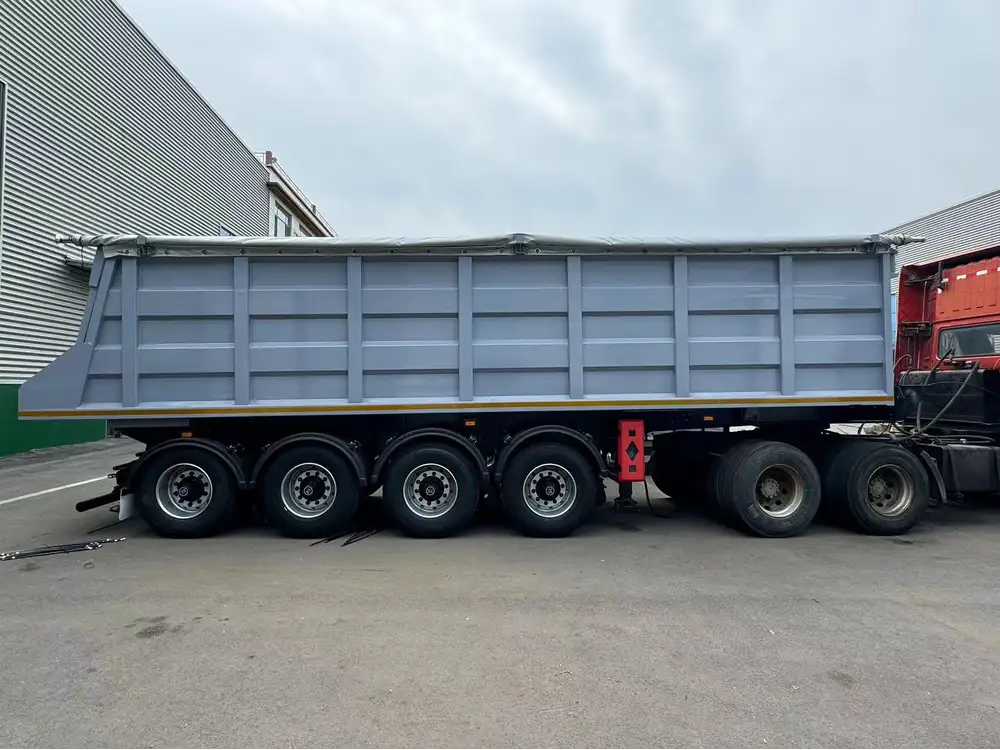When it comes to transporting goods across long distances, the semi tractor trailer, commonly referred to as an 18-wheeler, is an indispensable vehicle in the logistics and transportation industry. A primary concern among operators and businesses alike includes understanding the dimensions and permissible lengths of these massive vehicles. Knowing how long a semi tractor trailer is can significantly impact route planning, legal compliance, load optimization, and overall operational efficiency.
In this detailed exploration, we delve into the various dimensions associated with semi tractor trailers, the regulations governing their sizes, and how they influence the transportation landscape.
The Basics of Semi Tractor Trailers: Key Definitions
Before we dissect the specifics, let’s establish what constitutes a semi tractor trailer.
| Component | Description |
|---|---|
| Tractor | The front part of the vehicle which houses the engine and driver area. |
| Trailer | The rear part, typically designed to carry a load. It is connected to the tractor via a fifth wheel coupling. |
| Total Length | This includes the combined length of both the tractor and the trailer. |
Typically, a standard semi tractor trailer configuration includes a tractor unit measuring around 20-25 feet with a trailer that usually ranges from 48 to 53 feet long. The total maximum length commonly remains within 70 to 80 feet, depending on federal and state regulations.
Understanding Standard Sizes of Semi Tractor Trailers

Semi Trailer Lengths
Here is a succinct overview of the standard lengths for semi trailers:
| Type of Trailer | Standard Length | Common Use Cases |
|---|---|---|
| Single Axle Trailer | 48 feet | Ideal for lighter loads and regional transport |
| Twin Axle Trailer | 53 feet | Best for heavy-duty freight and longer hauls |
| Flatbed Trailer | 48 to 53 feet | Used for transporting oversized or irregular cargo |
| Reefer Trailer | 53 feet | Specifically designed for temperature-sensitive goods |
| Step Deck Trailer | 48 to 53 feet | Provides flexibility for various height loads |
Width and Height Specifications
Aside from length, width and height are crucial dimensions that play a significant role in the transportation of goods. The maximum width allowed for semi tractor trailers is typically 8.5 feet (102 inches). Regarding height, federal regulations generally allow a maximum of 13.5 to 14 feet, depending on the jurisdiction.
These dimension limits ensure that trucks can navigate under overpasses without incident and maneuver through narrow roads and highways within legal boundaries.
Regulatory Guidelines: Federal vs. State Regulations
The guidelines surrounding the length and weight of tractor trailers stem from both federal mandates and state-specific regulations.

Federal Regulations
According to the Federal Highway Administration (FHWA), the maximum length allowed for a semi tractor trailer on interstate highways is generally 53 feet for the trailer. However, when it comes to overall vehicle length, the Federal Motor Carrier Safety Administration (FMCSA) stipulates that the length of a truck-tractor and trailer combination should not exceed 65 feet.
State Regulations
States have the autonomy to impose stricter regulations than the federal guidelines, often leading to inconsistency. For instance, some states in the U.S. allow longer trailers under special permits, while others may enforce a limit of just 48 feet. These variances necessitate that truck operators and owners consult local regulations to ensure compliance before embarking on a trip.
Table of State-by-State Maximum Trailer Lengths
| State | Maximum Trailer Length |
|---|---|
| California | 53 feet |
| Texas | 53 feet |
| Florida | 48 feet |
| New York | 48 feet |
| Washington | 53 feet |
| Massachusetts | 48 feet |

Factors Influencing Trailer Length Decisions
Several considerations influence the choice of a particular trailer length, among them:
Load Type
The dimensions and type of cargo dictate the necessary trailer length. For instance, specialized goods, such as automobiles or machinery, may require a flatbed trailer that can accommodate varying widths and lengths.
Weight Regulations
Each state imposes weight limits on vehicles, thus affecting the type of trailer utilized. Operators must assess payload capacity versus trailer length to avoid regulatory breaches.

Route Awareness
Drivers must consider the dimensions of bridges, underpasses, and road conditions when selecting a trailer length.
The Impact of Trailer Length on Operation Efficiency
Understanding how trailer lengths affect operation can be crucial for maximizing productivity:
Hauling Capacity
A longer trailer generally allows for greater payload capacity. Companies may opt for a 53-foot trailer for long-distance hauls to capitalize on efficiency, reducing the trips needed to transport a bulk load of products.

Fuel Efficiency
Interestingly, the length of trailers can also impact fuel consumption. Longer trailers tend to have better aerodynamics, consequently reducing fuel costs over vast distances.
Loading and Unloading Times
Longer trailers can complicate loading and unloading processes, especially in cramped warehouse settings. Shorter trailers may be advantageous for locations with limited space.
Conclusion
Understanding how long a semi tractor trailer is forms the backbone of many operational and logistical decisions within the transportation industry. Given the intricate relationship between trailer dimensions, weight regulations, and operational efficiency, professionals must stay informed about industry standards and geographical regulations to optimize their practices effectively.
By engaging with this detailed guide, operators can navigate the nuances of semi tractor trailers and enhance their transport strategies. Whether you’re a seasoned trucker or a logistics newcomer, keeping abreast of the latest regulations and best practices will ensure your operations run smoothly, efficiently, and within legal bounds.
This comprehensive knowledge is not only essential for compliance but also serves as a strategic advantage in today’s competitive logistics market. Engage with our expert team if you require further insights or assistance regarding semi trailer specifications, compliance issues, or operational efficiency.



